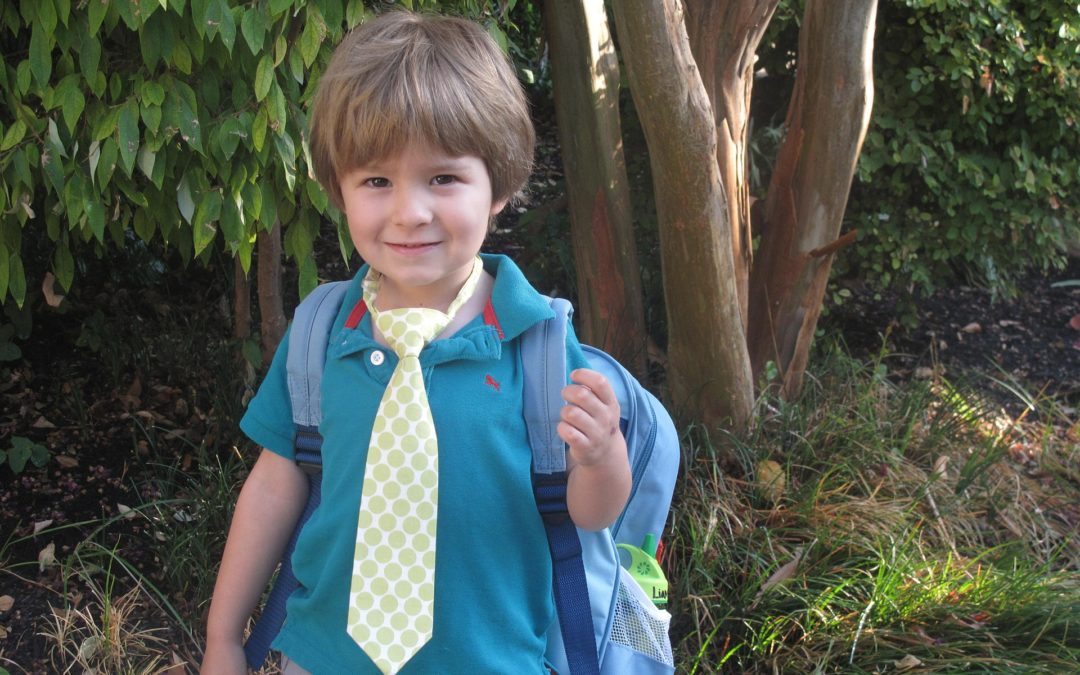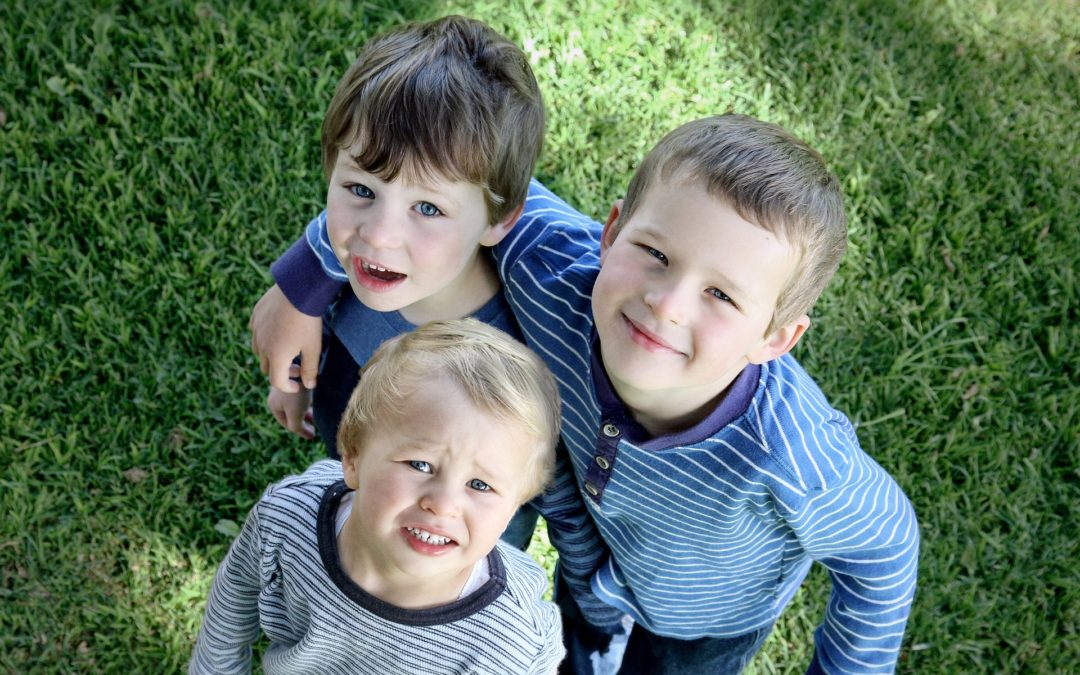
by admin | Aug 29, 2019 | ABA Therapy, Parent
Can anyone believe it is back to school time? To many families, back to school means a time of stress and frustration. It can be incredibly difficult to transition from the free flowing days of summer to the structure and rigor of the classroom.
Getting into the routine may be met with some interesting behavior. It’s important to remember that no transition is going to be completely smooth, but there definitely ways to make it a bit less challenging.
Here are 7 tips and tricks to help ease the transition back to school.
- Keeping a routine is key: If you have not started already, it might be helpful to start getting a consistent bed time and wake up time similar to what it will be like in the school year. This will help not only set the expectation for when school begins, but also get your child’s biological clock on the right schedule. If you’re interested check out this cool resource on how to reset your circadian rhythm. #science!
- Calendar marking down the days: Some individuals may find it helpful to have a visual of when their vacation is over and school begins. Take time each day to cross the current day off with your child and remind them that the school year is starting soon. Creating a concrete picture of when “freedom” ends and the work begins can help some individuals.
- Take a trip to the school: If your child lives by the motto “I’ll believe it when I see it” set a time to go by the school and walk up to the front doors. Perhaps show them where they will enter each day or where the bus will drop them off. Practice walking from your home to the bus stop. Any combination of these types of activities can reduce problem behavior by simply exposing your child to the routine.
- Create a visual schedule or social story for the school year: By now you probably have some idea of who your child’s teacher may be or what classroom they may be in. If you have that information, write a social story about what the first day may be like. Focus on the positive aspects of starting a new school year: new friends to meet, a new teacher, learning really cool stuff and new school supplies!
- Prepare the night before: Nothing can be worse than scrambling the night before a big event. The night before school starts, make sure everything is in order: backpacks are made, lunches are ready to go, and breakfast is ready to be made in the morning. It’s quite a bit of extra work but the morning will likely flow better and the transition will be a bit smoother.
- Drop off and pick up place: As annoying or redundant as this may sound, having a specific place to put a jacket, backpack, and shoes can be an incredibly helpful way to establish a routine. Anyone ever watch Karate Kid with the jacket? It’s kind of like that. It not only provides a consistent routine, it provides a level of independence. Eventually you can say to your child “go get your shoes and backpack” and continue about your morning routine.
- Get into routines: Once the school year starts the transition does not fully end. Establish a few nightly routines to help keep things going strong. Have time set aside for relaxation time, homework, meals and extracurricular activities. Make sure that these times are consistent, but be flexible. You may have a homework-light night or just want to watch a movie as a family.
Unfortunately, there is no one simple way to help your child transition from summer vacation to school without any problems. With some planning and preparation the transition can be less difficult.
If you are interested in learning more about Behavior Analysis, join us for our Parent Engagement webinars!

by admin | Aug 29, 2019 | ABA Therapy, Parent
By: Tobey Lass M. Ed., BCBA, NY LBA
There are many therapies marketed towards treating autism all claiming to be effective. According to Autism Speaks, ABA therapy is one of the most popular therapies used to treat autism. Despite it’s popularity, most of the articles I found about ABA present information subjectively. Selecting what treatment to pursue for treating autism spectrum disorder can be an overwhelming task. What information do parent’s need to know to objectively determine if ABA is an effective treatment for autism?
What is ABA?
Applied Behavior Analysis (ABA) is the science of human behavior. ABA focuses on improving specific behaviors through a system of rewards and consequences. The principals of ABA were founded on B.F. Skinner’s research which measured the effects of consequences in teaching behaviors to animals.
How did ABA go from animals to autism?
ABA remained laboratory based until the 1970’s when Dr. Oscar Lovaas developed a method of teaching children who have autism using B.F. Skinner’s theories of behavior. The effectiveness of his method was validated by Dr. Lovaas’ research. The data showed that the children who received daily, intensive instruction demonstrated significant improvements in their symptoms with almost half being classified as having “normal intellectual and educational functioning”. Dr. Lovaas method became known as ABA therapy and has been used as a treatment for children who have autism for over 40 years.
Ok, but Lovaas’ article was only one study. How did it become the model for modern ABA therapy?
Since ABA is a data driven therapy its methods can be replicated evaluated using the scientific method. Being able to replicate data ensures that behavior change is direct result of ABA therapy. ABA studies have been peer reviewed, which means that the methods were deemed effective after being evaluated by an outside group of researchers.
Don’t other therapies have research to support their effectiveness?
Many therapies claim to be effective treatments for autism. The difference between ABA therapy and the other therapies is science. ABA is the only therapy whose methods have been validated through the scientific method. ABA’s roots in science is the reason that ABA has been endorsed by state and federal agencies, such as the US Surgeon General. It is also the reason why doctors deem ABA therapy medically necessary and why is covered by health insurance.
I’m a parent, not a scientist! How can parents determine if ABA is an effective treatment for autism?
Effectiveness of ABA therapy is easy to evaluate as a parent as well. ABA is one of the few therapies covered by insurance that provides parents with parent training hours. These hours are to be used for collaboration between the BCBA® and the parents and caregivers to discuss the child’s progress, answer parents’ questions, and provide training to carry over effective methods outside of therapy sessions. The role of data is extremely important for determining if ABA is an effective treatment. BCBAs® choose goals and instructional procedures based on data from studies in ABA journals. Progress is evaluated by analyzing data collected during instruction and indicates what changes should be made in a student’s program to ensure that learning is occurring. For a parent, data is an objective way to evaluate progress which enables parents to make informed decisions about how their child is doing in ABA therapy instead of relying on anecdotes.
But you’re a BCBA®! You’re biased. How can you objectively consider other therapies?
Unbeknownst to the families I work with, I was not always a believer in ABA. In college I was introduced to complementary and alternative therapies used to treat Autism. They all made so much sense to me. Each therapy had multiple clinicians and parents raving about the life changing effects of these therapies. I spent hours and hours studying the theory behind each therapy. Outside of my classes I sought out further training from the top practitioners in different therapies to improve my practice. In my first jobs working with individuals who have autism I used these methods to teach my students. I believed that complementary and alternative therapies were the effective methods of treating autism.
Until my Intro to ABA class.
I first heard about ABA from a high school teacher after I told her I wanted to teach individuals who have autism. I watched the videos and read articles and I was not impressed. I viewed ABA therapy was outdated, cold and rigid, basically the opposite of the educator I wanted to be.
I came into the class ready to challenge everything the professor said, armed with years of knowledge from studying complementary and alternative methods for treating autism.
I tried over and over again to disprove what we were learning with examples of other methods that could be used to achieve the same goal. Any evidence I used to support my beliefs was quickly refuted by my professor. I found myself unable to challenge his responses- his beliefs supported by data unlike mine which were derived from anecdotes. In a few weeks my beliefs about what therapies were effective for treating autism completely changed; ABA replaced complementary and alternative therapies as the most effective treatment for autism.
I’m a BCBA® because I believe ABA is an effective therapy for autism.
So, is ABA an effective therapy for treating autism?
As the only scientifically proven, data driven, and objective therapy for treating autism: my answer is ABSOLUTELY YES.
Still not convinced?
For more information about ABA therapy or how to determine effective treatments options for autism contact Attentive Behavior Care today.


